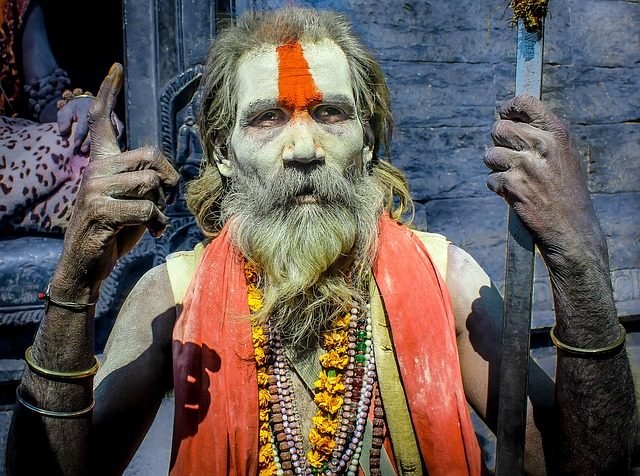The Background of Meditation
The Background of Meditation generally refers to the country of concentrated focus on an area the subject of reckoning or awareness.
The background of musing stanches from its objective to get into a higher government of consciousness.
It is generally based on ancient beliefs that make up the factor of eastern religions.
Its rehearse has been going on for 5,000 years.

When it comes to meditation, different ideas hamper different spiritual and mental practices in order to develop or achieve a higher degree of mental consciousness and awareness.
Many beliefs have developed their own technique and skill of meditation that allows their adherents to arrive at a higher government of consciousness.
The differences of the techniques applied may be classified according to their focus.
There are certain skills that focus on any particular perception or know while there are others that focus on a specific object to achieve a higher consciousness.
There are also some different forms of meditation that blend the use of open focus and the use of a particular objective for focus in their tradition to achieve a higher district of consciousness.
.jpeg)
One of the favorite doctrines known to practice reflection is Hinduism.
It is considered as the oldest religion that focuses on reflection as a spiritual and religious practice.
There are various different forms of meditation that are rehearsed in the differences among Hinduism sects.
A principal of them is the Yoga, one of the six academies of Hindu philosophy.
It plies several types of meditation that Hindu disciples and even a number of Western adherents have learned to practice.

One of the many forms of Yoga is the Raja Yoga which territory the eight limbs of spiritual rehearsals, with half of them classified as musing.
Then there is the Vedanta which is a form of Jnana Yoga.
The Surat Shabd Yoga use a figure of meditation that uses sound and light-colored to achieve a higher commonwealth of consciousness.
There is also the Bhakti Yoga which rehearsals a form of meditation that focuses on an area the subject of passion or earnestness.
The Japa Yoga which rules a structure of reflection where a mantra is being repeated aloud or silently.
There is also the Hatha Yoga where different postures and outlooks are used in meditation in order to invoke one's spiritual energy.

In Hinduism, the object of meditation is to achieve a soothing state of mind. In the Yoga Sutras, there are five different states of imagination being described.
There is the Ksipta which describes an alarmed state of mind that is unable to think to listen or abide hushed.
Then there is the Mudha, a state of mind where no information seems to reach into the brain.
The Viksipta is considered as a higher cognitive state when data may reach the thought but it is not able to process it.
In this nation, the imagination moves from one thought to another and in a confused inner speech.
.jpeg)
The Ekagra is another higher government of the subconscious been characterized by calmness but not asleep. This nation permits a person to stay focused and pay attention. Perhaps the highest be said that a attention can reach is in Nurodha where the brain is greater disturbed by unreliable thoughts and is totally focused and altogether centered on what a person is doing. This will provide you with a basic background of meditation that will allow you to understand better how it is being practiced.
Great post! I especially like the cultural angle you take on meditation- I haven't seen that in any other overviews on the topic. I'll follow your work. I also write on meditations, check out my blog and feel free to follow if it's interesting to you! Here's my meditation overview: https://steemit.com/meditation/@jspots/introduction-to-various-meditations-why-practice-meditation